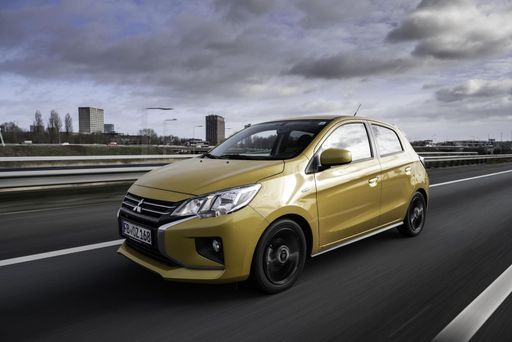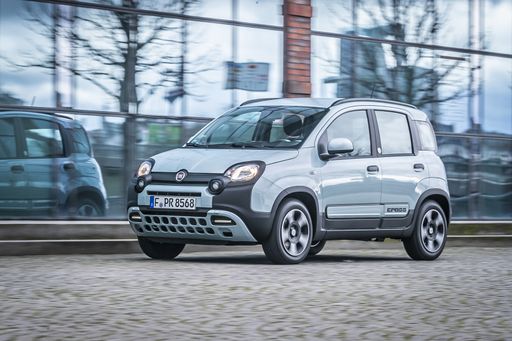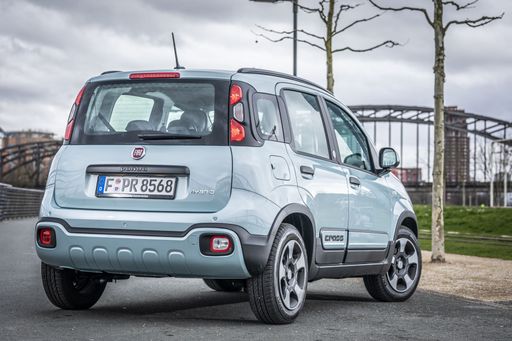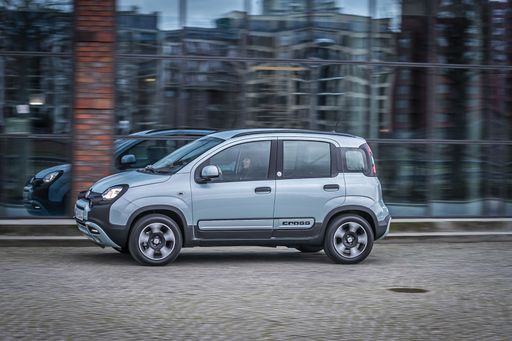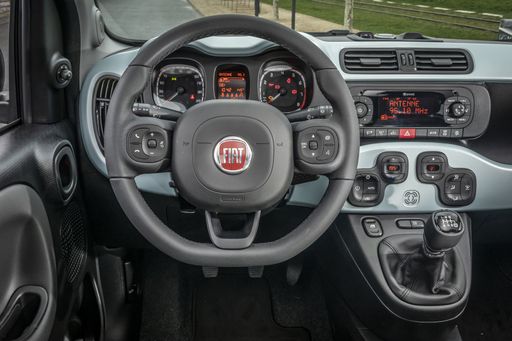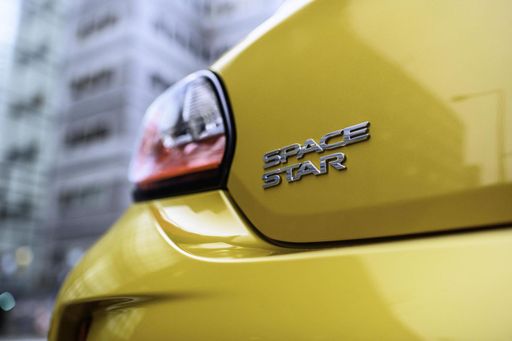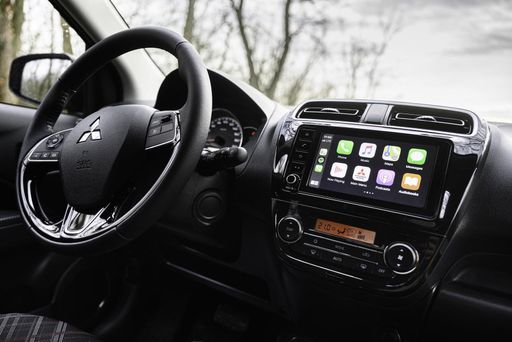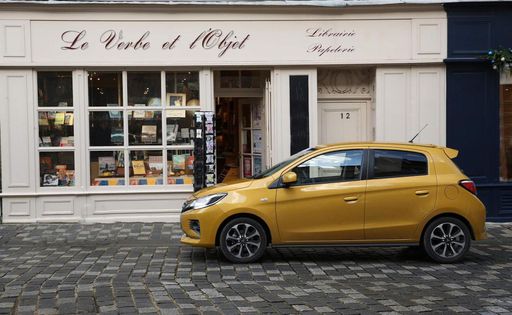Panda vs. Space Star: Clash of Compact Titans
Urban driving enthusiasts, rejoice! Today, we dive into a detailed comparison between two popular and efficient hatchbacks gracing the narrow streets and challenging parking spots of modern cities. Both the Fiat Panda and Mitsubishi Space Star have made names for themselves in the segment of compact hatchbacks. But what really sets these cars apart, and how do they stack up against each other? Let’s find out.

